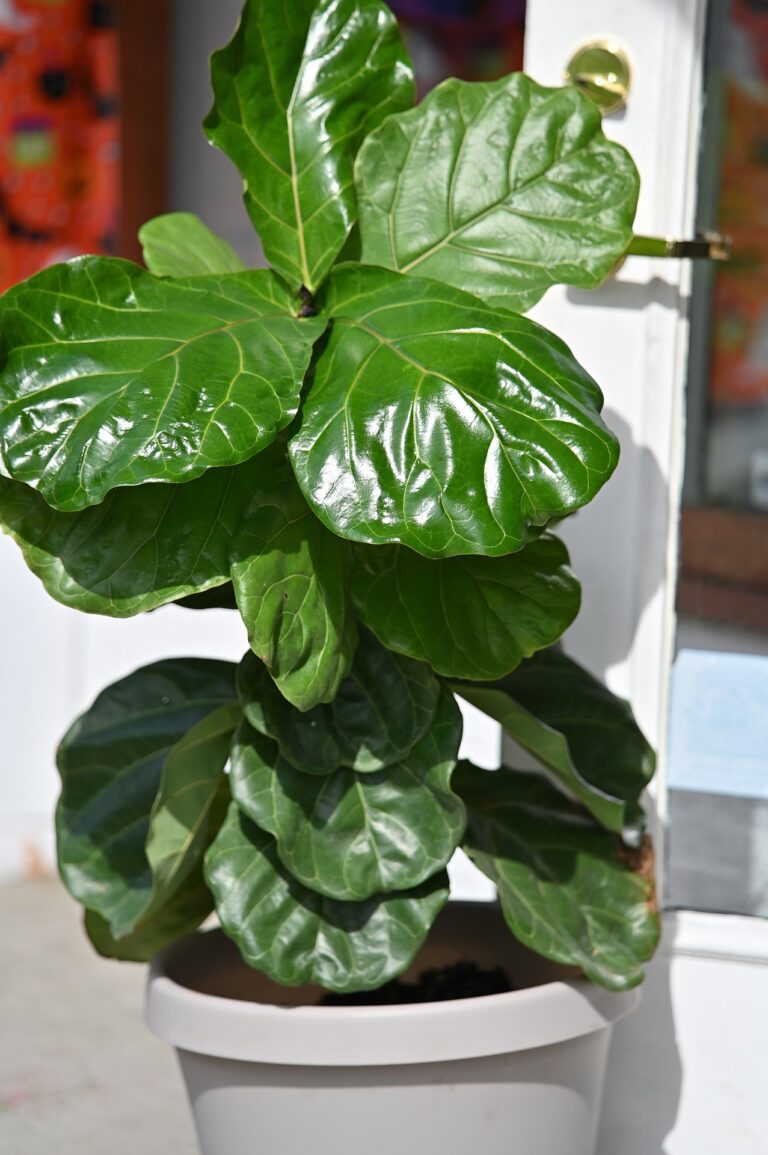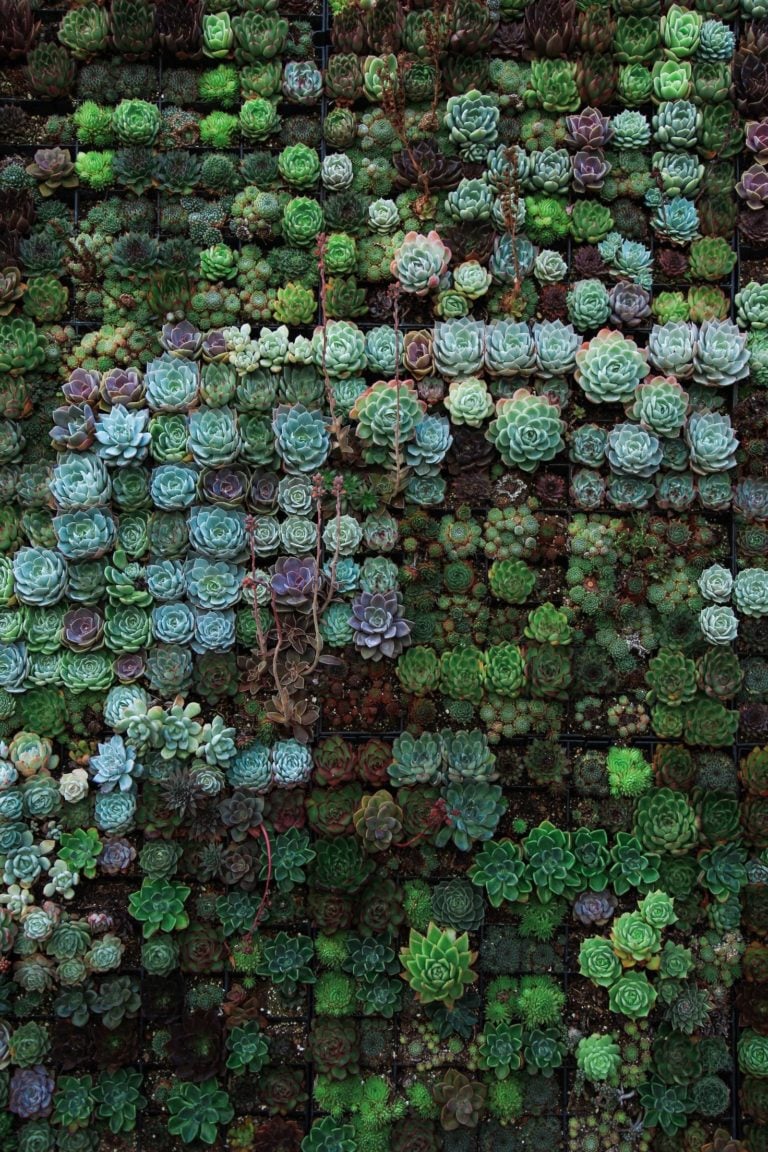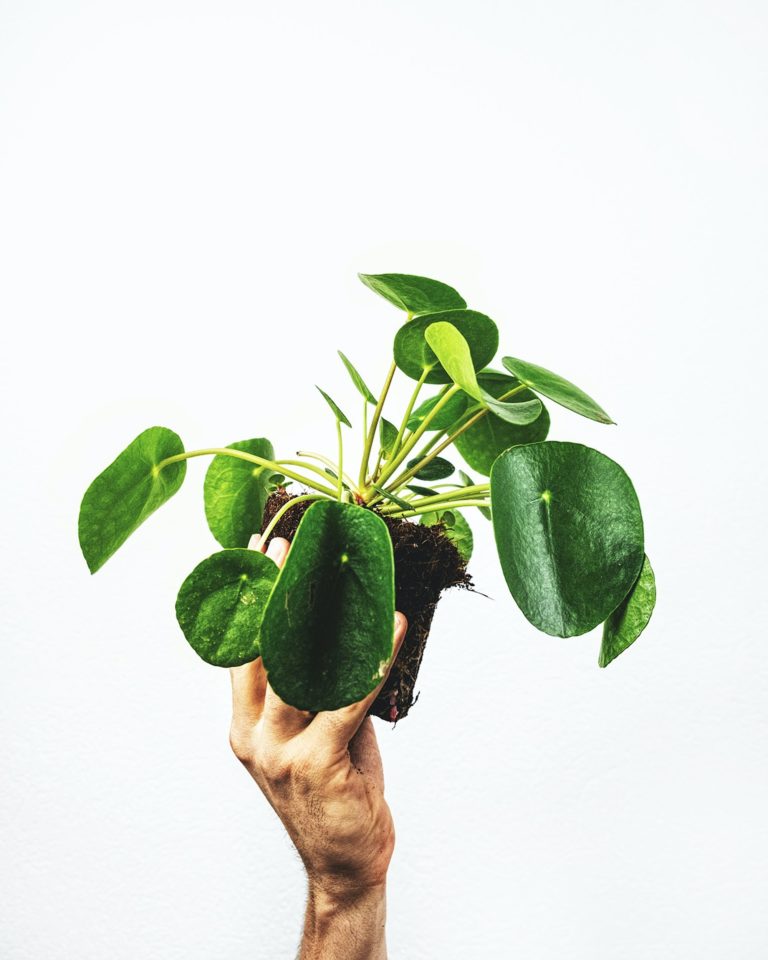Hang Out with the Best Hanging Plants
Our recommendations for the best hanging plants are Staghorn Fern and Strawberry Begonia. We narrowed our choices down to a nonflowering plant and one with showy blooms to cover all the bases. Regular watering and proper placement are essential for success with hanging plants. The best hanging plants in our estimation are below, so be sure to follow up on this comprehensive list.
Our Top Picks for the Best Hanging Plants
[wptb id="8046" not found ]What You Need to Know about Hanging Plants
You can put any plant in a hanging basket or planter. It’s just a different kind of container. However, there are some things you need to consider before choosing a plant. They include both aesthetic and practical considerations that you should think about up front. It’ll save you time and money in the long run.
The Right Look
From an aesthetic point of view, you need to consider how the plant is going to look. A hanging plant will sit about eye level on your patio, balcony, or porch. Think about what you’re going to see at the midpoint of a plant. Will it be mainly bare stems like a palm tree? Or will it be a cascade of flower-filled vines? Right away, that fact alone should eliminate some choices.
We like the look of vines spilling out of a basket hanging with attractive foliage or beautiful flowers. We could easily see it becoming a focal point in our garden. We also liked the idea of hanging baskets at either end of our home to give it balance. That said, the appearance of the plants in the basket is a major consideration.
The Right Place
Plants in containers are always a challenge. In essence, you’re creating a microclimate in a hanging basket. The container should provide everything that plant needs to survive. Maintaining adequate moisture often becomes an issue with potted plants. It is further complicated by the fact that it is a hanging plant.
This video from Pinellas Extension TV shows you how to make a hanging basket your own creation. Picking the plants is just the start.
Air circulates all around the basket. Water loss is, therefore, a serious concern. Of course, you can prepare a container by lining it with sphagnum moss to better retain moisture. You should also consider where you hang the basket. Avoid placing them where they will get the brunt of the hot afternoon sun. A site that receives morning sunlight will be more appropriate.
You should also consider the size of the mature plant. The goal is for the container to hang freely without touching walls or other structures. There should be adequate air circulation. Also, think about maintenance. Make sure you can get to the plant easily to water it. And don’t forget the drainage. Consider where the excess water is going to drain underneath it.
Maintaining Hanging Plants
There are few other practical concerns that you should consider. First, there is the growth of the plant. A fast-growing plant may quickly outgrow its container and space. If you want to keep your hanging plant for the longer term, you might want to opt for a slow-growing perennial plant. A container will keep a plant’s size in check to some degree.
Also, give some thought to overwintering. Many plants may tolerate winters if they’re in the ground. It’s another story with gardening hanging plants. Without the protection of the surrounding soil, they will likely perish. Then, you should think about bringing them indoors as a houseplant. That means ensuring the optimal conditions exist in your home too. In some cases that might not be practical.
Container Plant Care
Careful planning will help ensure that your hanging plants will thrive. That begins with your choice of a planting container. The size should be adequate to allow for air circulation and room for growth. These factors are especially important if you choose a solid container rather than an open basket. They can have significant impacts on the health of your plant.
With a pot, you should opt for one with drainage holes for excess water to exit. Otherwise, you run the risk of mold and bacteria developing in its moist, warm conditions. If you opt for a basket, you will need to line it. You can use moss or another material such as coconut fiber which will also add a decorative touch. You may also find synthetic materials that will work just as well.
Soil Mixtures
You can find soil mixtures or composts that will suit your plant’s needs. Because you’re using a basket container, you should opt for lightweight mixes such as peat and peat substitutes. Regular watering is essential as it is with any container plant. These mixtures will typically include some additional fertilizers to give your plants a head start.
You can also mix different composts to fine tune the soil to the plant’s needs. For example, you can use a loam-based mix with peat to keep the weight in check while ensuring long-term retention of nutrients. Keep in mind the weight of the entire package, plant, soil, and container. And don’t forget the limitations of where you are going to hang your plant.
Feeding Your Plant
At some point, you’ll likely need to fertilize your hanging plant. After it has depleted the nutrients in the soil mixture, it’ll need something more to get through the rest of the season. Slow-release plant food granules offer an easy way to ensure your plant gets enough nutrients without the risk of overdoing it. Excess fertilizer can damage plants and affect their long-term survival.
Our Recommendations: Staghorn Fern and Strawberry Begonia
A hanging basket is a great way to add some pop to your landscape design. Often hung around the home, it can complement the existing color scheme with a small but powerful statement. With so many plants from which to choose, we focused on finding representatives from both flowering and nonflowering plants to give you the best of both worlds.
The Staghorn Fern packs a big punch with its broad, dark green leaves. It’s a hardy plant that will do well as long as it has adequate moisture. It has a sprawling growth pattern that gives it an airy feel which can cover a lot of room. It gets its name from the resemblance of its fronds to deer antlers. It is relatively pest and disease free, making it an excellent choice.
Strawberry Begonia is an attractive plant with showy white blooms that flowers in late spring to early summer. While it’s called begonia, it is actually a perennial evergreen. In addition to a container plant, it also makes a nice ground cover. The Strawberry Begonia prefers partial to full shade. You should hang it in a place that receives morning sun.
A hanging basket is an effective way to add color to your landscaping. It will also the interest of another layer in your overall design. With cascading foliage and blooms, it can also bring a peaceful, dreamy mood that is inviting to hummingbirds and people too. With the proper placement and care, you’ll have an attractive centerpiece to add to your landscape.



